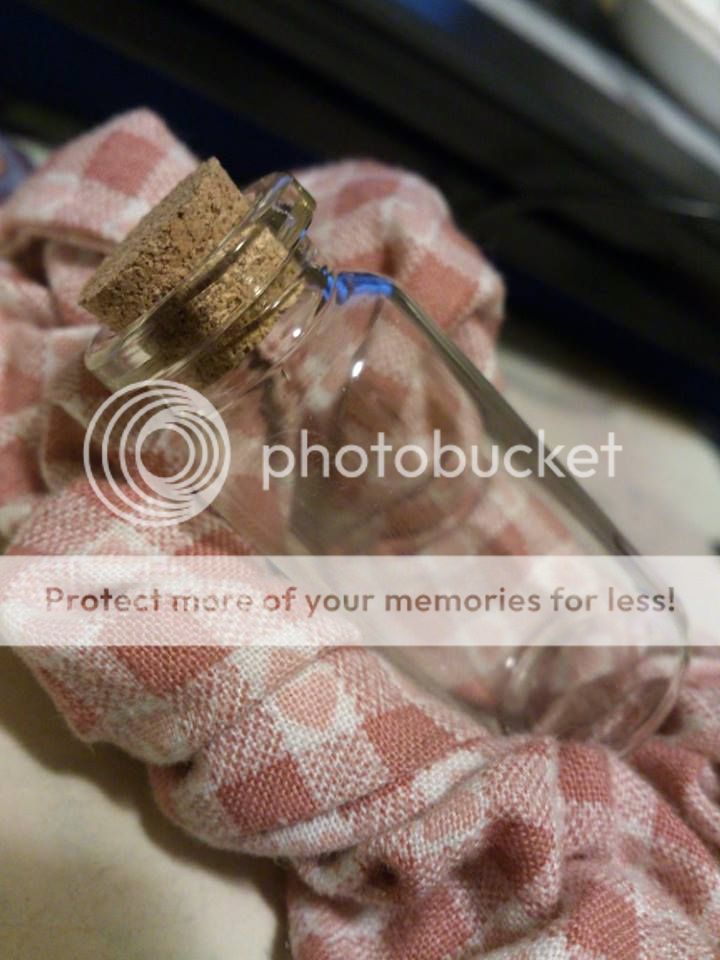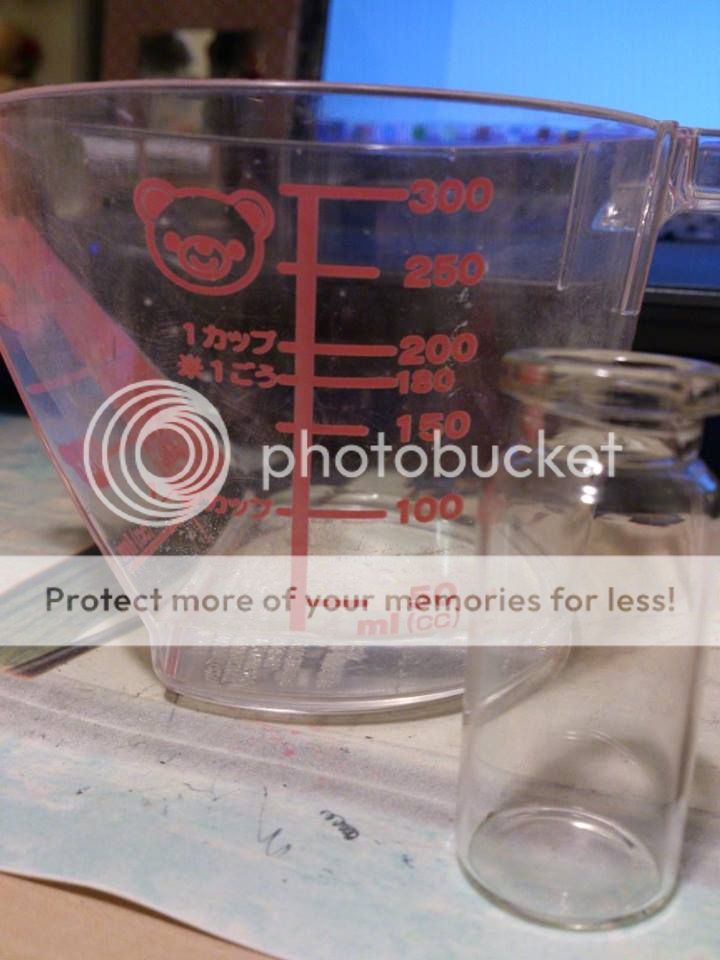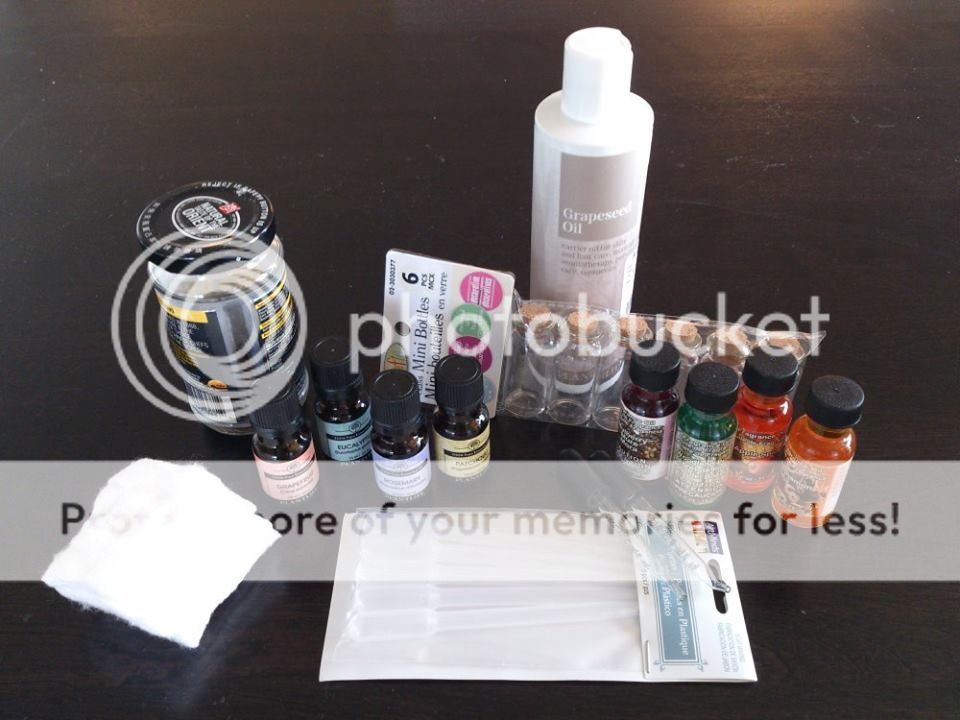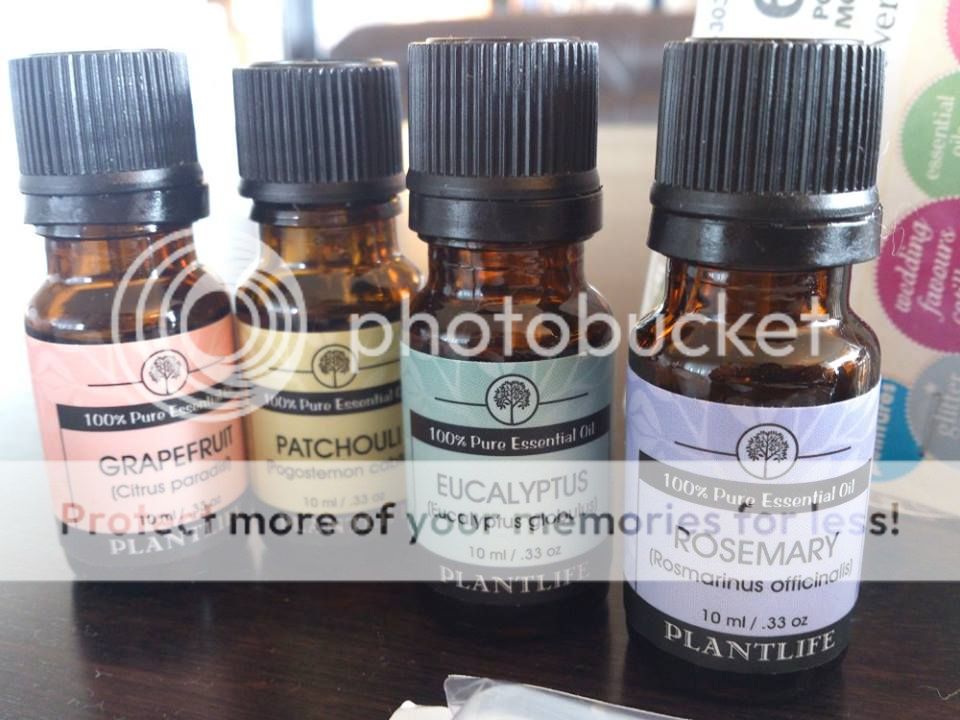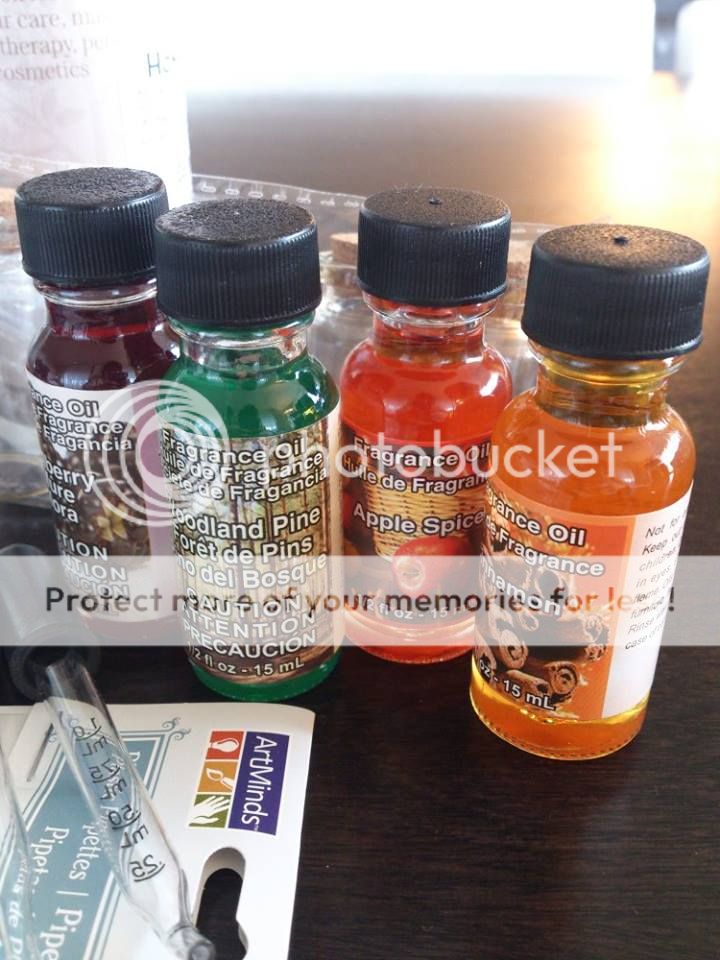I love fruits. I enjoy smelling them, sniffing them and eating them.
Because of this simple reason, the goal of my first attempt will be creating a fruity perfume blend!
I'm going to create my first perfume with essential oils. They are organic, natural oils extracted from plants, fragrant wood etc.
First of all, I'd add in my base note. It is the strongest, deepest scent that holds the middle and the top notes and takes a long time to evaporate (lasts the longest on the user).
My base selection is patchouli, a plant that has an earthy, grounding scent. Patchouli leaves are known for their ability to improve skin conditions and stress relives.
The first impression I got from the patchouli oil was not very good as it smelled bitter and "too herbal" . It wasn't a scent I was expecting, I was hoping to have a refreshing, perhaps a "lovelier" smell for my base...! But because it was highly recommended by the tutorial website I was looking at, I only hoped that a miracle would happen at the end when the perfume matures over time.
The second step was to add in my middle note (neutralizes the strong base and is emerges after the top note evaporates, also known as the "heart note").
I bought rosemary for my middle note. When rosemary essential oil is applied correctly, it helps to ease the condition of hair loss and sore muscle. Women should avoid using it during pregnancy.
I'm familiar to the scent of Rosemary. My mom uses it often when she cooks. Rosemary has a refreshing and plant-like smell. I would say it is slightly sweet and light. However when it was combined with patchouli it made the perfume blend even "more natural" and way further to my goal of creating a fruity fragrance! Or maybe... the fruity result that I was looking for was actually constructed mentally by the artificial odor (from candies, drinks etc.) that I'm used to since I was small. :(
The top note is the first sent we recognize when we smell a perfume. Since my goal was to create something fruity, I chose Grapefruit to be my top note. It is light, sour and sweet. It smells somewhat like lemon but less acidic.
Grapefruit essential oil can cure skin inflammation and dull skin. But should be aware that not to apply grapefruit oil onto your skin before exposing to the sun because it is "phototoxic", basically it becomes toxic under the exposure of sunlight.
Finally something that is close to my expectation, I was so desperate to get rid of the strong herbal smell from my base and mid notes so I added in as many grapefruit oil as I could! I also added in a feel drops of eucalyptus (another top note), hoping to reduce the herbal scent a little. But it didn't work because the patchouli base was too strong!
The last step was to fill in the rest of the container with carrier oil. It's a Grape Seed oil that I chose, which is cheaper than the most used Jojoba Oil and Sweet Almond Oil; colorless and scentless.
According to the label on its bottle, it is appropriate for "skin and hair care, massage, aromatherapy personal care, cosmetics and is 100% natural".
.
.
.
!! The End Product !!
I mean, you can create a really healthy, natural scent will essential oils. So for those who are looking for an "attractive, cute fragrant" I suggest you go for the artificial fragrance oils. Besides, essential oils contain a very herbal scent and can cause health conditions if applied incorrectly, so understand your oils well before purchasing them for perfume making! :)
What My Perfume Contains(drops)
Patchouli
(Base)
|
Rosemary(Mid)
|
Grapefruit(Top)
|
Eucalyptus(Top)
|
4
|
10
|
19
|
6
|















